Why Your Irrigation and Fertilization Methods Should Go Together
Quick Summary
- In this article we discuss the pros and cons of the two common methods to apply fertilizer in nurseries and greenhouses, liquid feed and controlled release fertilizer.
- We also examine how each fertilization method relates to the two common irrigation methods, overhead sprinkler and drip irrigation.
The main two ways to apply fertilizer in nurseries and greenhouses are liquid feed, whereby water-soluble fertilizer is injected in the irrigation water, and controlled release fertilizer (CRF), whereby fertilizer granules are coated usually with a polymer for slower, longer term release of nutrients. The CRFs are incorporated in the substrate at planting or topdressed to the containers.
In this article we will discuss the pros and cons of each strategy in relation to the irrigation method used.
Liquid Feed follows the water
Liquid feed is typically used in floriculture or in tropical foliage production in greenhouses. Many recommendations to grow plants (for example in the Ball Red Book) are based on the concentration of total nitrogen in ppm in the liquid feed. Recommended concentrations vary from around 50 ppm of total nitrogen for woody ornamentals up to 200-250 ppm of total nitrogen for fast-growing herbaceous ornamentals.
The main tool to inject fertilizer in the irrigation system is a fertilizer proportioner. Examples include a Dosatron, a SuperDos or a Dema MixRite or more sophisticated proportioners include the HE Anderson injector and the Ozawa injection pump. Venturi injectors (like the Mazzei) are simpler and cheaper, but require measuring pressure upstream and downstream of the injector to determine the injection ratio. Venturi injectors are not fixed-rate proportioners, since the proportion of fertilizer injected depends on the pressure loss between upstream and downstream of the injector.

The injector dilutes concentrated stock solution into the irrigation water at a specific injection ratio. On the Dosatron, SuperDos and MixRite, the injection ratio is adjusted from a dial on the body of the injector. Typical injection ratios are 1:100 or 1:200. Watch this video and download this spreadsheet to learn how to make a stock solution and select an injection ratio to achieve a target concentration in ppm of nitrogen.
The advantage of liquid feed is that the fertilizer application rate is controlled by the user and can be adjusted according to crop needs. In this sense, containerized production with liquid feed is similar to hydroponics. Lower fertilizer concentrations are used in propagation (around 1 dS/m of electrical conductivity or about 50 ppm of total Nitrogen) and higher in finishing (2 or 3 dS/m are common or 200 ppm of total nitrogen). There is not a direct correspondence between the electrical conductivity and the ppm of nitrogen in your liquid feed: it depends on the fertilizer injected and on the electrical conductivity of your source water. Watch the video above for more details. The electrical conductivity of the irrigation water also depends on the plant, for example, petunias are notoriously tolerant to high salt concentration, while New Guinea impatiens easily show damage from high salts.
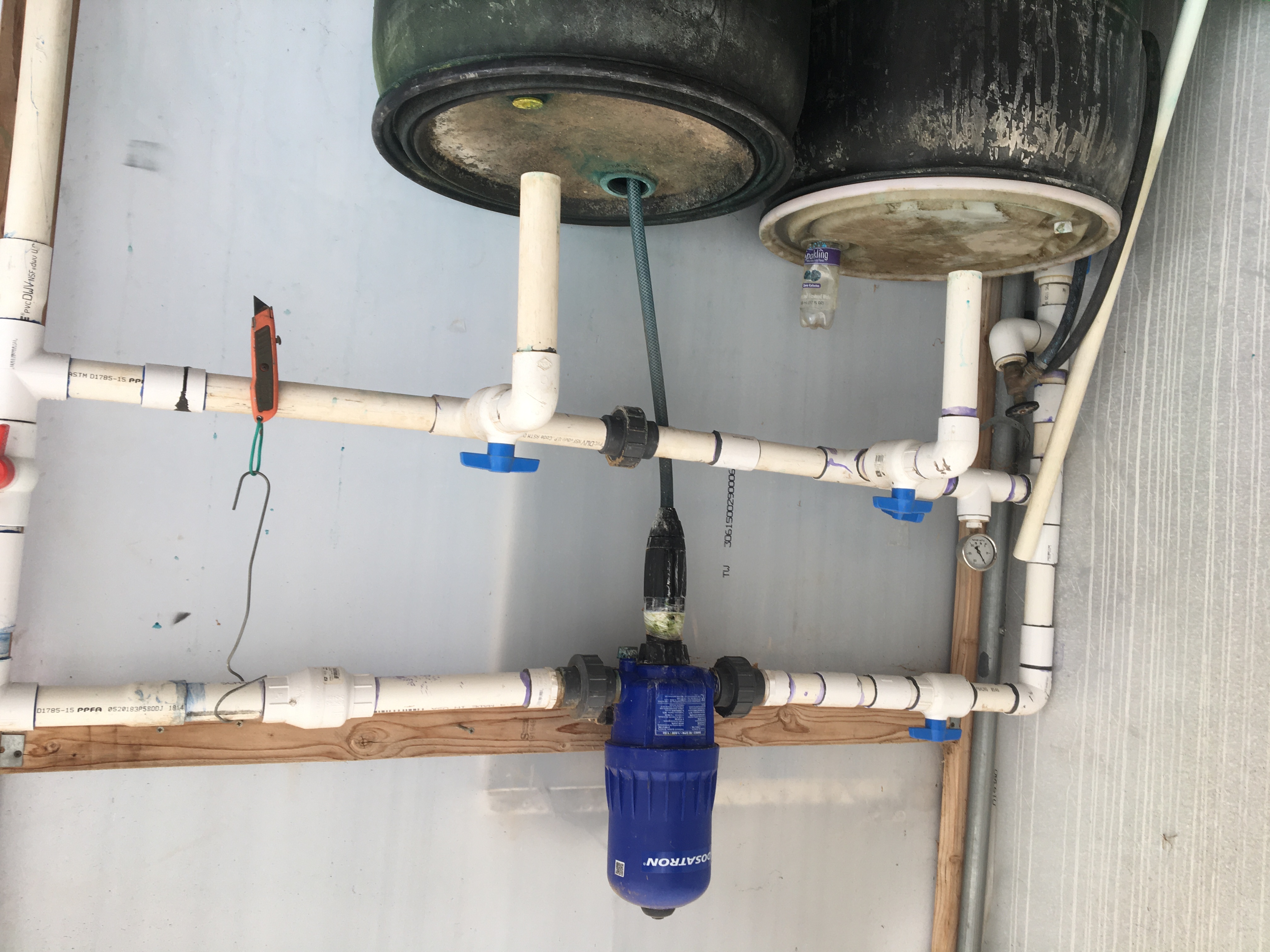

Figure 1. Fertilizer proportioners injecting fertilizer in the irrigation system.
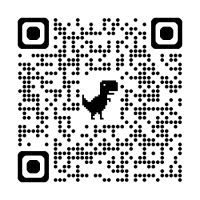
Often nurseries and greenhouses that use liquid feed fertilization irrigate plants through individual drippers or spray stakes, referred to as localized irrigation methods. Liquid feed fertilization and localized irrigation go well together because the irrigation system applies water only to the rootzone and the fertilizer carried by the irrigation water is applied where is needed. Conversely, fertilizer injection with overhead irrigation is a potentially very wasteful practice because of the amount of irrigation water that lands outside the containers. Even in the best-case scenario, only 80% of the irrigation water hits the containers, while the other 20% hits the ground and becomes runoff. This percentage is called Interception Efficiency. Read this article to learn more about this or scan the QR code on the right.
For this reason, we recommend against injecting liquid fertilizer in overhead irrigation systems. Those systems are probably going to benefit more from Controlled Release Fertilizer.
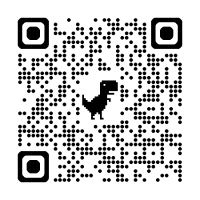
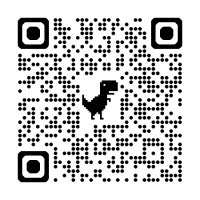
The main disadvantage of liquid feed is that over-irrigation also leads to overapplication and waste of fertilizer. If more water is applied than the substrate can hold, water will leach from the containers and will become runoff. This is true equally for drip and overhead sprinkler systems. In liquid feed, total fertilizer applied is dependent on how much water is applied. Therefore, there is not a total, fixed amount of fertilizer applied per container or per acre like it is the case for controlled release fertilizer. Knowledge of these quantities is useful to avoid over-fertilizing, to calculate production costs, compare production practices and for reporting. We recommend that if you use liquid feed, measure the total volume or depth of water applied to make sure you don’t overirrigate (and thus overfertilize). Often overirrigation is due to bad irrigation scheduling or bad irrigation system performance. Read this article for a rule-of-thumb calculation of your irrigation scheduling requirement and this one to learn how to measure distribution uniformity.
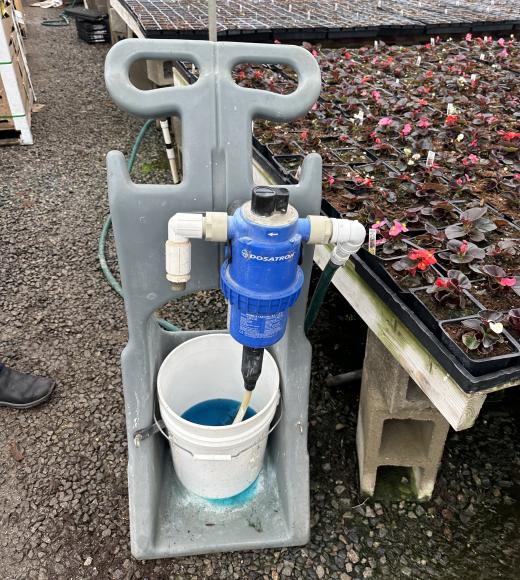
Another method used to apply liquid fertilizer is to irrigate containers with pure water and to periodically apply fertilizer solution manually with a movable fertilizer proportioner mounted on a dolly (Figure 2). This requires a lot of labor, but may allow more precise application in overhead sprinkler systems since the irrigator applies fertilizer solution with a hose and a water breaker only to the containers and not to the whole field. With this method, fertilizer concentrations can be very high (3 or 4 dS/m of electrical conductivity or 400 ppm of total nitrogen) since the fertilizer application is not continuous but periodical.
Finally, a significant advantage of liquid feed is that the application of fertilizer can be tweaked at any time and with little labor requirement. A grower may want plants to grow faster to meet a delivery deadline, or may need to add micronutrients, chelates or some other chemical to correct a deficiency. These corrections are easy if one uses a fertilizer injector.
What controls the release of Controlled Release Fertilizer?
With CRF technology, usually all the fertilizer the plant needs is already mixed into the container substrate when plugs or liners are planted in the containers. Therefore, the plant has all the fertilizer needed for its life in the nursery (and sometimes even after).
For this reason, one of the disadvantages of CRFs is limited control of fertilizer released from the prills because fertilizer release is based on temperature or on moisture content for sulfur-coated urea. Once the application decision is made and the fertilizer is in the substrate, there is no way to adjust it. Controlled release fertilizer still allows some flexibility to manage applications because the grower can topdress containers. This is common with large trees that take years to grow and will need to be topdressed every year. This is because the maximum longevity available in CRFs is about one year. However, this requires workers manually adding fertilizer to each container, that is a labor-intensive practice. There are also environmental challenges because containers can fall over or overhead irrigation (or heavy rains) can result in prills falling to the ground.

Fertilizer manufacturers can adjust the prill coat thickness, material and permeability to adjust the rate of release. Typical release times are 3, 6, 9 and 12 months. However, the release rate is also strongly dependent on temperature and many studies have measured rate of release in various brands of CRF (Figure 3). The manufacturer’s release duration varies by brand, with longevity based on temperatures from 78 to 82 °F, depending on the manufacturer. Also, for some products such as Florikan and Osmocote, there is a peak of release at the beginning, that tails off in time. Unfortunately, this early release is not completely utilizer by the plant because the root have not established in the pot and nitrogen uptake curves show that plants uptake more as they grow. The initial peak in release can be enhanced by mechanically damaging the prills when mixing them into the container substrate.
Just like for liquid feed, overirrigating and creating a lot of leaching from the bottom of the container removes the nutrients that were recently released from the prills into the substrate solution. This is a waste of money and an environmental problem. But at least, with controlled release fertilizer, only the fertilizer recently released from the prill into the substrate solution will be lost compared to liquid feed where all the water leached has high nutrients.
We see controlled release fertilizer mostly in outdoor nurseries that grow trees and shrubs, cacti and succulents and sometimes in bedding plants and color. We recommend controlled release fertilizer when the irrigation system is overhead sprinklers because of the interception efficiency problem mentioned above.
If the grower wonders whether there is enough fertilizer for the plant to grow after the application of controlled release fertilizer, they can measure electrical conductivity in the leachate with the Pour-through method. This is a great tool to support decisions on fertilization but it’s more labor-intensive than measuring the EC of the irrigation water like the liquid feed grower would do.
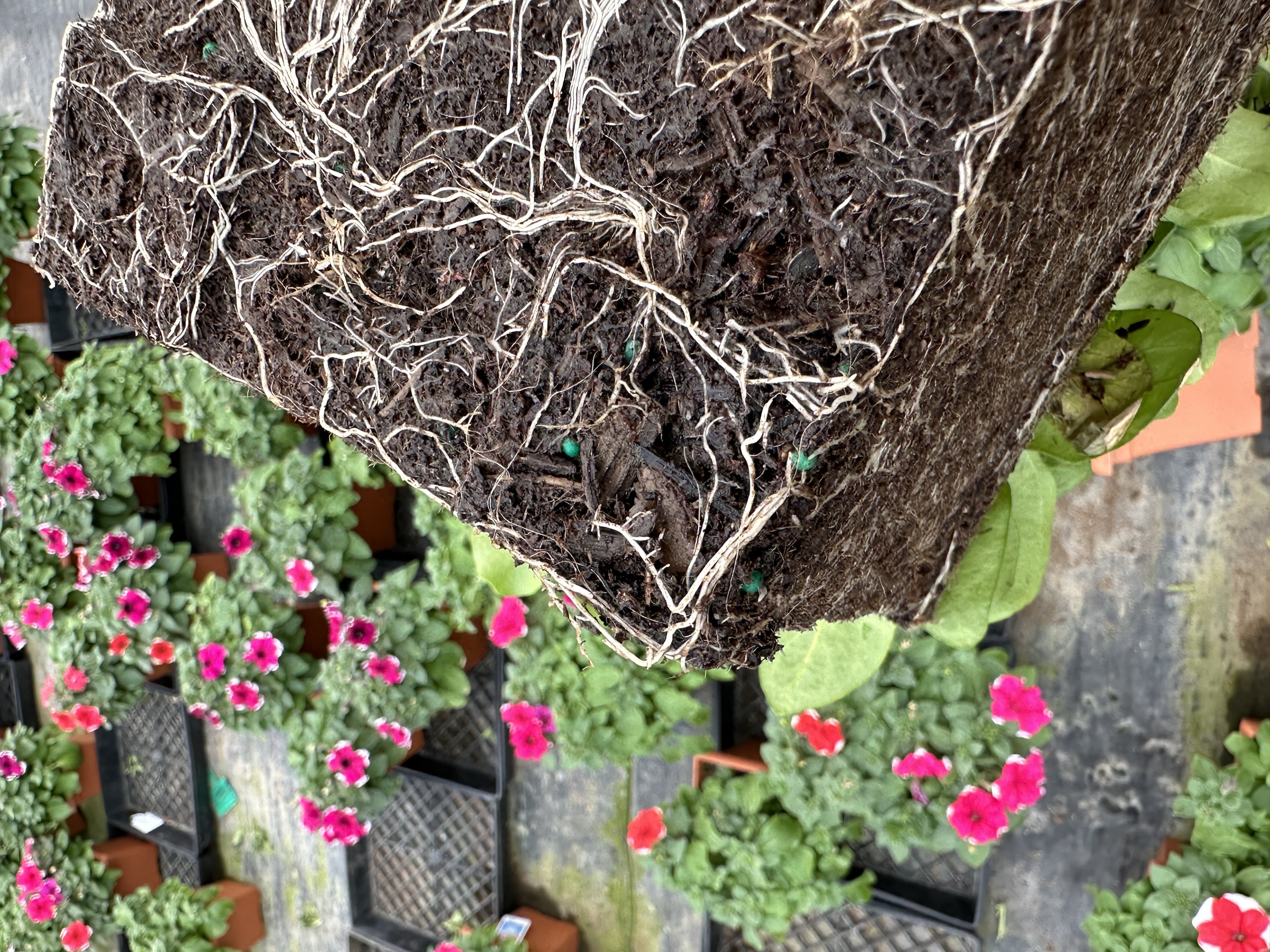

Figure 4. Controlled Release Fertilizer: green prills incorporated in the substrate (left) and yellow prills topdressed onto containers (right).
What is best?
Liquid feed allows more flexibility but it’s riskier, particularly if the irrigation system is not uniform or irrigation is not managed well. Controlled release fertilizer can be a safer choice and may be better for woody ornamentals or plants that grow slow. Growers that use both may obtain the best of both worlds but need to be very careful to reduce the recommendations of each method or else they’ll grossly overfertilize. Finally, growers that collect runoff water in lined ponds and recycle it in the irrigation system have the advantage of reusing leached fertilizer. However, they must monitor EC of recycled water to determine how much fresh water needs to be mixed into the recycled water to avoid excess salt concentration.
Gerry Spinelli is a Production Horticulture Advisor with UC Cooperative Extension serving San Diego County. He can be reached at gspinelli@ucanr.edu.
Don Merhaut is an Associate Extension Specialist for the ornamental, floriculture, landscape and nursery industries with UC Cooperative Extension at UC Riverside. He can be reached at donald.merhaut@ucr.edu.
